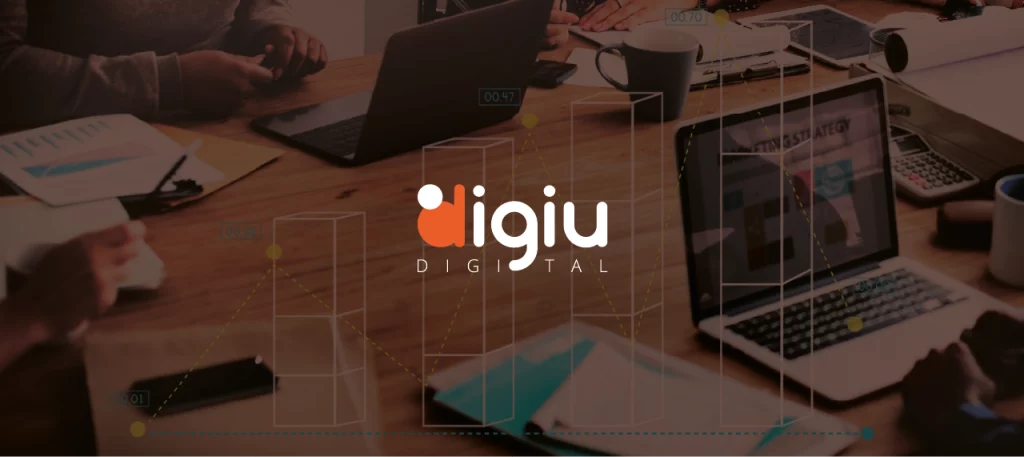Now, digital transformation isn’t just recommended, it’s expected – especially given the pace of technology innovation, and to succeed in a digital transformation journey your business must first begin with data and analytics to know what you need to do in order to reach your goals.
Data analytics not only helps you make decisions with respect to your business but make the right ones since they’re grounded in actionable intelligence. Data-driven companies present:
- Greater capacity for planning the future and strategies.
- Development of more qualified services and products.
- Greater adaptability and quick reactions to changes.
- Greater efficiency and agility in decision-making.
- Cost reduction.
- Fostering innovation.
The field is constantly evolving with the adoption of advanced technologies such as AI (Artificial Intelligence) and Machine Learning, which are able not only to provide an overview of the present but also to perform predictive analysis and identify new consumption patterns and public preferences in advance. The consequence is the design or improvement of products and solutions to meet the expectations of the public and have greater chances of success.
Besides that, according to Mckinsey, data-driven organizations are 23 times more likely to acquire customers, 6 times as likely to retain them and 19 times more likely to be profitable.
Finally, research conducted by BARC Research shows that organizations that embrace Big Data reduce their operational costs by up to 10%.

Data is the New Oil
This quote has been around for quite some time, but many companies and managers forget or ignore the rest of the phrase, attributed to the mathematician Clive Humby: “Data is the new oil. Like oil, data is valuable, but if unrefined it cannot really be used. […] so, must data be broken down, analyzed for it to have value”. This means that the greatest wealth is not in the mass of data itself, but in the intelligence capable of organizing it, and from this extracting discoveries that will make it possible to transform the reality of companies in general.
Businesses today gather large amounts of data, The only problem is that, once they have it, they may not know exactly what to do with all that information. Forrester reports that between 60 percent and 73 percent of all data gathered within an enterprise goes unanalyzed. Not knowing the best way to read, understand, and apply data can actually be costing your business in the form of lost revenue opportunities, lower efficiency and productivity, quality issues, and more.
How to analyze and leverage the data?
Descriptive Analysis: as the name implies, it consists of the description of the analyzed data. It is based on facts, and is usually done very quickly, using standard calculations, diagrams and graphs.
One of the most famous examples of descriptive data analysis is perhaps Google Analytics, a tool that allows you to observe website traffic data with information such as the number of visitors, where these visitors come from, how long they spend on the site, etc. In other words, descriptive analysis gathers information from the past and presents it in a compiled and easy-to-understand manner, being a starting point for more complex analyses.
Diagnostic Analysis: It is used when you need to detect, in a more specific way, what is causing a certain phenomenon or behaviour. In the diagnostic analysis, the aim is to investigate the “why”, the cause and effect relationships in the analyzed objects. This type of analysis is focused on finding answers, given a predetermined scenario, and seeking to find explanations for the situations presented.
Predictive Analysis: In this type of analysis, data is used to project scenarios and identify future trends based on certain patterns. This kind of analysis uses statistical methods and models, sophisticated algorithms, data mining to a set of data collected in the present or in the past. In commerce, for example, predictive analysis can be very useful when it comes to predicting periods of low sales performance, providing the manager with information to plan in advance to cut expenses or to think about actions that help to leverage sales in those periods less favourable.
Prescriptive Analysis: Despite being a little-known analysis in the market, this type of research helps to choose which action will be more effective in a given situation. Your goal is to analyze the consequences of each action. In practice, it is a way of transforming the future perspectives obtained by predictive analysis, according to decision-making. Because it is a more complex type of analysis and has a high decision-making value, there is a need to incorporate human knowledge, usually specialists in a given area, to obtain more precision in the forecast models.
Conclusion
There are a number of ways that companies can use data to become more efficient. For example, data can be used to segment customers and target them with personalized messages. This ensures that marketing efforts are focused on the right people and that resources are well-spent on those not interested in the product or service. Also, with access to more information about customers is possible to create better products or services that match their needs.
Data can also be used to streamline operations. By understanding which processes are taking too long or which steps are unnecessary, companies can make changes that save time and money. In some cases, data can even be used to automate tasks that would otherwise be done manually.
Ultimately, companies that use data effectively are able to do more with less. They can make better decisions, save time and money, and find new opportunities for growth. In today’s business world, those who embrace data will have a clear advantage over those who don’t.
